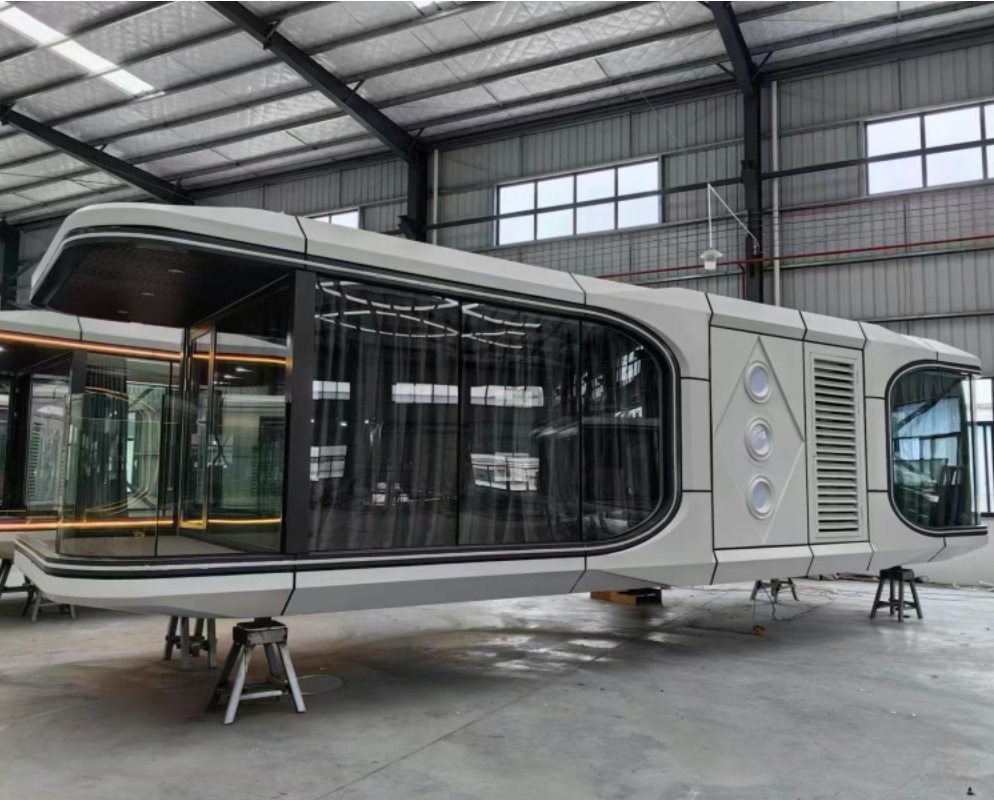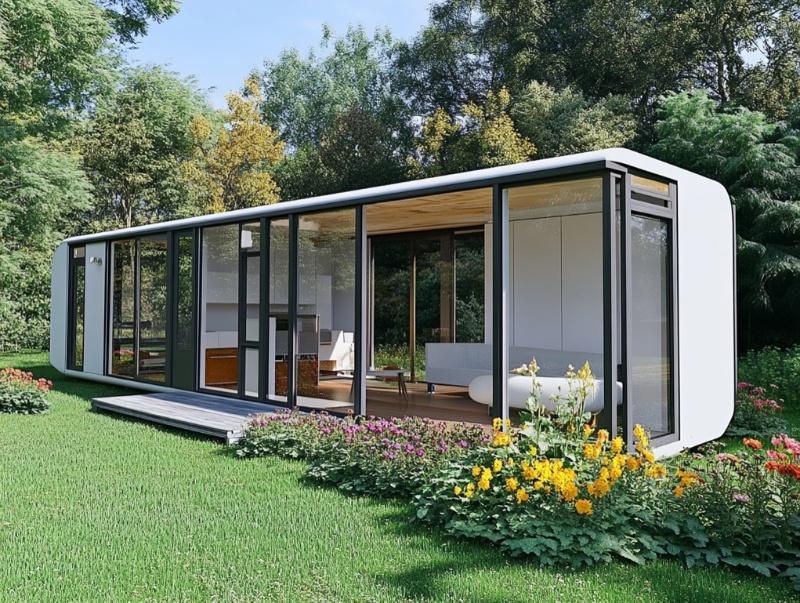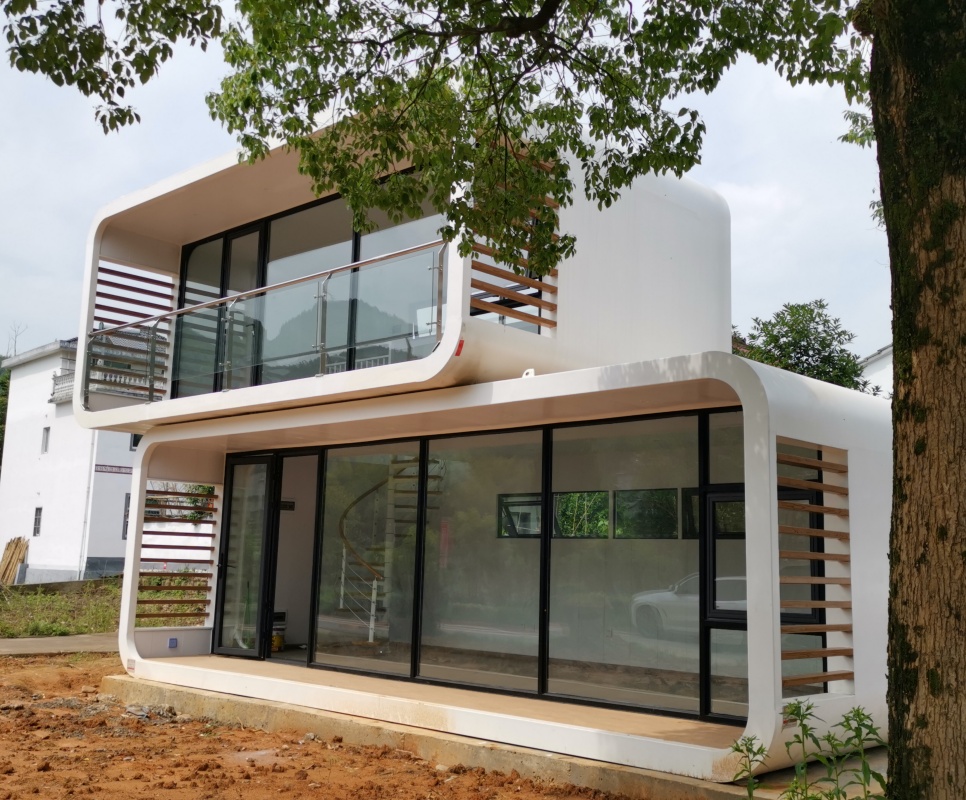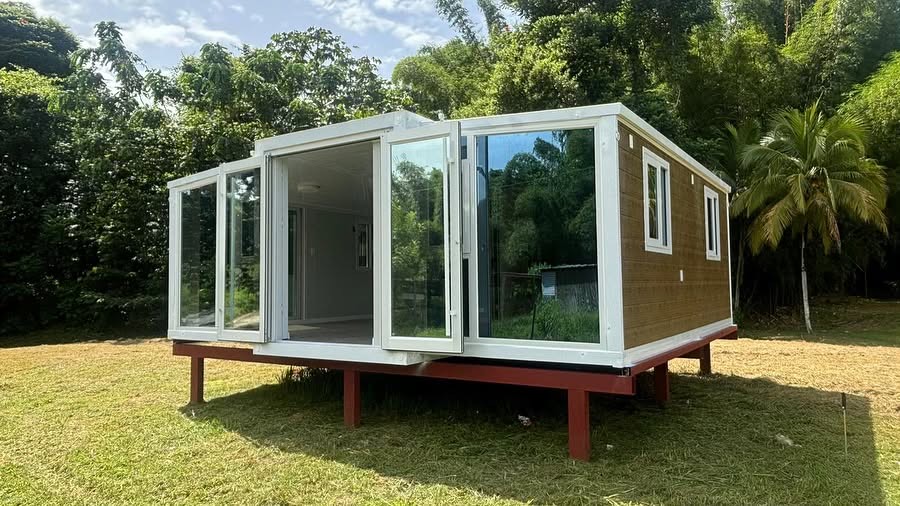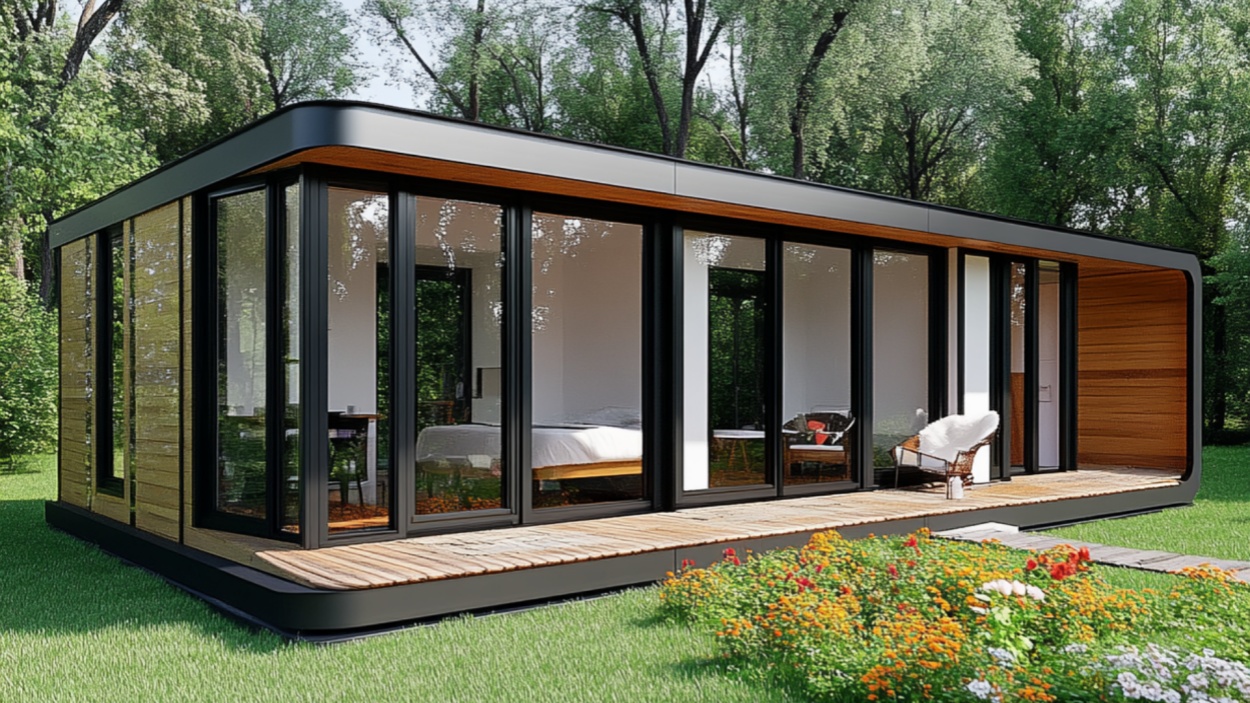Blog
Smart Outdoor Container Kitchens: Mobile, Modular, and Made for Commercial Cooking
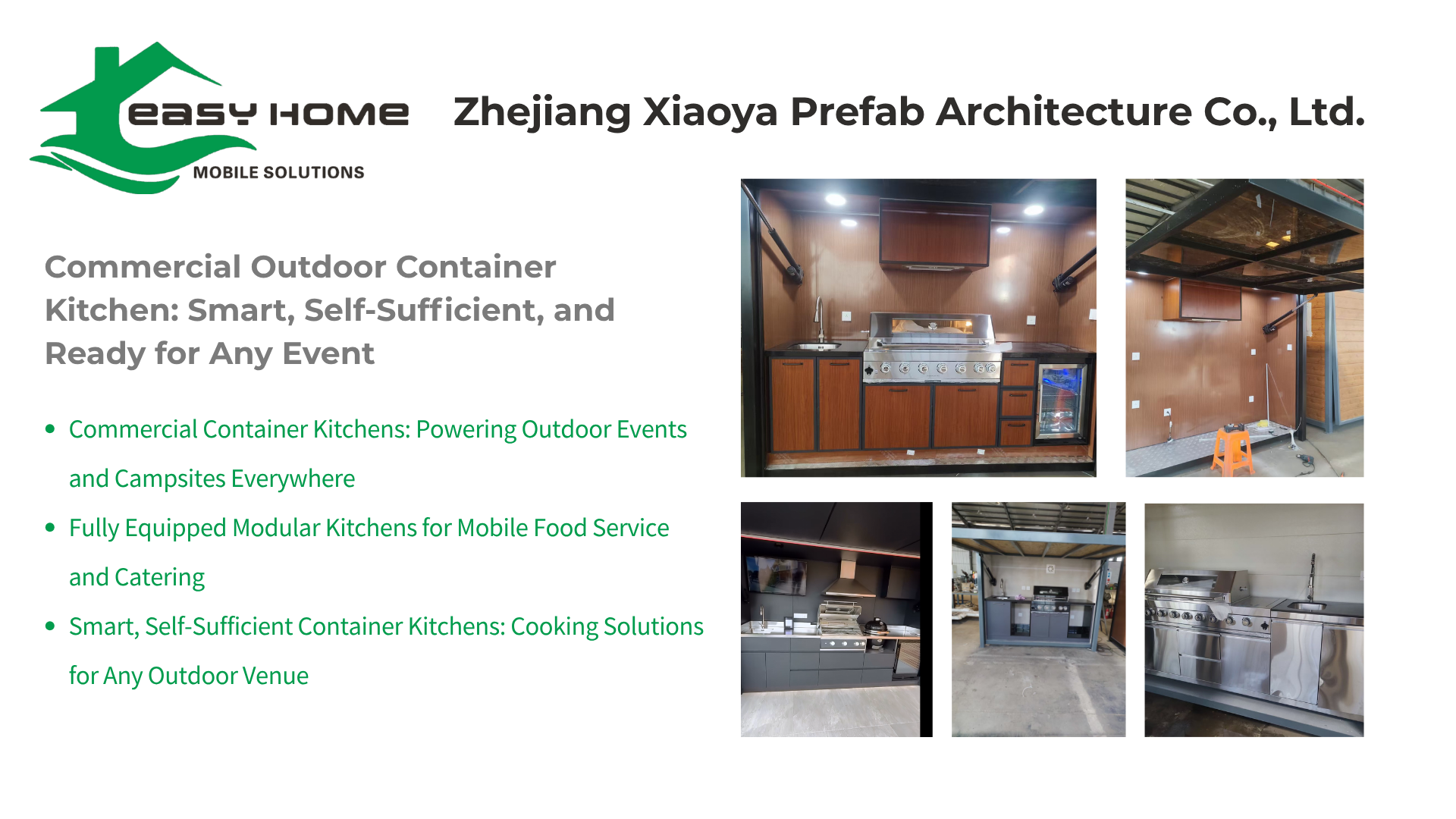
-
Introduction: Rethinking Outdoor Food Service
-
Why Use a Container for Outdoor Kitchens?
-
Key Components of a Smart Container Kitchen
-
Customization Options: From Fryers to Surveillance
-
Power & Utilities: Off-Grid Cooking Made Simple
-
Smart Monitoring Systems: Stay in Control Anywhere
-
Use Cases: Camping Grounds, Events, and Disaster Relief
-
Mobility and Installation: Plug, Park, Cook
-
Safety, Noise & Emissions Compliance
-
Operation & Maintenance: Cost and Care Overview
-
Economic Benefits for Operators
-
Case Studies
-
FAQs
-
Conclusion: Smarter Kitchens Start Here
4. Full Article (2000+ words)
Smart Outdoor Container Kitchens: Mobile, Modular, and Made for Commercial Cooking
1. Introduction: Rethinking Outdoor Food Service
You’ve got a campsite full of hungry guests. Or maybe you’re running a pop-up kitchen at a weekend festival. How do you deliver high-volume, hygienic, and energy-efficient cooking—without building a brick-and-mortar kitchen?
That’s where containerized outdoor kitchens come in.
These modular, fully-equipped kitchen units combine commercial-grade appliances, smart controls, and plug-and-play utilities inside a durable shipping container. Built for tough environments and large-scale operations, they’re helping food service operators rethink what’s possible in the great outdoors.
2. Why Use a Container for Outdoor Kitchens?
Containers aren’t just for storage—they’re a smart foundation for any mobile operation. Here's why they work so well for outdoor kitchens:
-
Weatherproof & Durable: Designed for harsh maritime conditions, they withstand rain, wind, and heat.
-
Mobile & Deployable: Truck in, crane down, plug in—done.
-
Compact & Efficient: Everything is fitted within 20ft or 40ft of optimized space.
-
Customizable: You can configure layout, equipment, and even aesthetics to fit your brand or menu.
-
Quick to Install: Most container kitchens are ready within 2–4 weeks from factory to function.
Whether you're feeding 50 campers or 500 festival-goers, these kitchens deliver where traditional setups fall short.
3. Key Components of a Smart Container Kitchen
A smart outdoor container kitchen includes much more than just a stove and a sink. Here’s what a professional-grade setup might include:
-
Commercial exhaust & grease filtration systems
-
Oil-water separators for environmental compliance
-
Stainless steel cooking surfaces
-
Gas line or electric induction cooktops
-
Refrigerated prep tables & freezer units
-
Clean water tanks and hot water systems
-
Onboard generator for off-grid use
-
Airflow control and smoke ventilation
-
Smart camera & temperature monitoring system
-
CE or ISO-standard kitchen hardware
All packed into a single, movable structure.
4. Customization Options: From Fryers to Surveillance
Whether it’s for Asian street food, Italian pasta, or BBQ, layouts and appliances can be tailored to suit your needs:
-
Flat-top grills, deep fryers, or steam ovens
-
Cold chain storage and prep lines
-
Fold-out counters or order windows
-
Indoor-outdoor service configurations
-
Branding: wrap or paint in your company colors
-
Smart fire suppression systems
Every project includes 3D renderings, layout plans, and configuration options.
5. Power & Utilities: Off-Grid Cooking Made Simple
Don’t have access to water, gas, or power? No problem.
| Utility | Configuration |
|---|---|
| Power | Diesel Generator, Solar + Battery (optional) |
| Water In/Out | Clean tank + greywater tank |
| Ventilation | Electric extractor fans + filters |
| Refrigeration | Built-in cold units, powered independently |
| Lighting | LED, motion-sensing or programmable |
Everything is designed for remote use, with minimal refueling or water maintenance.
6. Smart Monitoring Systems: Stay in Control Anywhere
Each unit can be equipped with a smart monitoring system, allowing real-time tracking of:
-
Temperature and humidity sensors in cooking and cold zones
-
Smoke and gas detection linked to automatic alerts
-
Usage logs tracking appliance operation by time/user
-
Remote camera feeds via secure web or mobile app
-
Data dashboard with exportable logs for compliance or analysis
Helps ensure food safety, staff accountability, and equipment efficiency—from anywhere.
7. Use Cases: Camping Grounds, Events, and Disaster Relief
-
Campgrounds & RV Parks
Offer fresh food without building permanent facilities. -
Festivals & Outdoor Events
Replace multiple food tents with one powerful prep and cooking hub. -
Disaster Relief & Military Camps
Feed hundreds quickly, with autonomous power and water systems. -
Pop-Up Restaurants or Culinary Tours
Launch temporary kitchens anywhere—with professional-grade results.
8. Mobility and Installation: Plug, Park, Cook
Setting up is simple:
-
Delivery: Trucked in like a standard container
-
Install: Placed with a forklift or crane
-
Connect: Hook up to utilities or run off onboard systems
Installation takes less than 1 day. Relocate with ease as needed.
Site Requirements:
-
Flat, stable ground or steel piers
-
Access path for container delivery
-
Water/power inlet if off-grid options not selected
9. Safety, Noise & Emissions Compliance
Units are built for compliance with:
-
CE safety standards
-
Food-grade stainless interiors
-
Noise dampening (generator <70dB @ 10m)
-
Oil separation & water waste systems
-
Optional solar + battery to reduce emissions
Eco-conscious features ensure suitability for urban and protected areas.
10. Operation & Maintenance: Cost and Care Overview
Daily Hygiene:
-
Easy-to-clean stainless worktops
-
Smooth floor-to-wall transitions for mopability
-
Drainage channels with food-grade traps
Maintenance Schedule:
-
Monthly: exhaust and grease trap cleaning
-
Quarterly: generator oil change and filter checks
-
Annually: system inspection and compliance audit
Fuel Efficiency:
-
5–8L/hour at standard cooking load (diesel gen.)
11. Economic Benefits for Operators
| Feature | Traditional Build | Container Kitchen |
|---|---|---|
| Setup Time | 3–6 months | 2–4 weeks |
| Initial Cost | $50,000–$150,000 | $25,000–$45,000 |
| Relocation | Fixed | Fully Mobile |
| Maintenance Access | Invasive | Modular & Replaceable |
| Staff Efficiency | Varies | Optimized Layout |
ROI in less than 12 months is common for seasonal and mobile F&B businesses.
12. Case Studies
-
Germany Festival Kitchen: Serves 1,000 meals/day from 40ft unit
-
Australia Campground: 20ft solar kitchen with prep + pizza oven
-
Turkey Relief Project: Rugged unit with water tanks and gas stoves
13. FAQs
Q: Can I choose the layout and equipment?
A: Yes. Every project is custom-designed to fit your needs.
Q: Are these CE compliant?
A: Absolutely. All electrical, gas, and water systems follow CE/ISO standards.
Q: What is the delivery timeline?
A: Standard models: 20–25 days. Customized: 30–45 days.
14. Conclusion: Smarter Kitchens Start Here
If your operation is mobile—your kitchen should be too.
These prefab kitchens combine high performance, smart control, and fast deployment. Whether for campsites, emergency relief, or mobile food ventures, container kitchens unlock new possibilities.
Let Xiaoya Group help you build a cleaner, smarter, faster outdoor cooking solution.
Want a quote, layout, or live demo? Contact us today.




